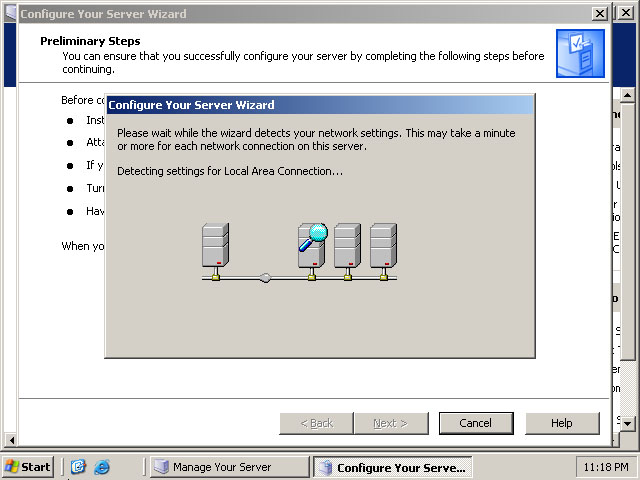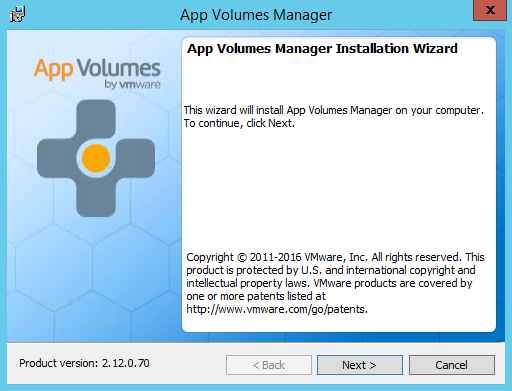

- #Volume manager windows 2003 server upgrade#
- #Volume manager windows 2003 server Offline#
- #Volume manager windows 2003 server free#
I'd also look to see if there are other things that could be be moved / removed as well.

#Volume manager windows 2003 server free#
You cannot change the dynamic volumes back to partitions.Ī dynamic disk cannot contain partitions or logical drives, nor can it be accessed by MS-DOS or by any Windows operating systems other than Windows Server 2003.One thing worth checking - is the paging file on the C Drive? If so, you could move it to another drive and that would free up some space straight away.
#Volume manager windows 2003 server upgrade#
If you now want to boot from the new mirrored disk, you have to change the Boot.ini ARC path that points the computer to the partition in which the system files are located.Īfter you upgrade a basic disk to a dynamic disk, any existing partitions on the basic disk become (dynamic) simple volumes. The system will automatically size the volume of the new mirror to the same size as of the original boot and system volume. Select the disk of your choice (in this example, it is disk 1), and then click Add Mirror.īoth disk 0 and disk 1 will now have the same color code, the same drive letter, and the volumes will have the status note "Regenerating" displayed while the information is being copied from the first disk to the second disk. Right-click disk 0 (which contains the boot and system files), and then click Add Mirror.Ī dialog box opens in which any disk on your system that is available for mirroring is displayed. Partitions are referred to as volumes when the disks are dynamic.ĭisk 1 must be unallocated space before you can proceed with mirroring. Disk Management automatically reserves this free space when it creates partitions or volumes on a disk, but disks with partitions or volumes that are created by other operating systems may not have this free space available. Any disks that you are upgrading must contain at least 1 megabyte (MB) of free space at the end of the disk for the upgrade to succeed. RAID systems require dynamic disks in Windows Server 2003. They hold information about each volume, such as the drive letter (if assigned), whether the volume is allocated or unallocated, the partition or volume size, and the health status of the volume. Volume description panel: The volume description panels are color-coded.
#Volume manager windows 2003 server Offline#
The disk description contains information about each disk's disk number, whether its configuration is basic or dynamic, its size, and its online or offline status.

In the right pane, the attributes of each disk in the system are displayed. On the View menu, point to Top, and then click Disk List. Set up the disk management systemĬlick Start, point to Administrative Tools, and then click Computer Management to open the Computer Management console. You must schedule a system restart for the memory dump file to be written to the remaining hard disk. However, the memory dump file cannot be written to the remaining system disk in the mirror. Windows Server 2003 can continue to work with a mirrored system disk configuration even if one of the disks in the mirror is removed. The memory dump file is written only to the boot hard disk.


 0 kommentar(er)
0 kommentar(er)
